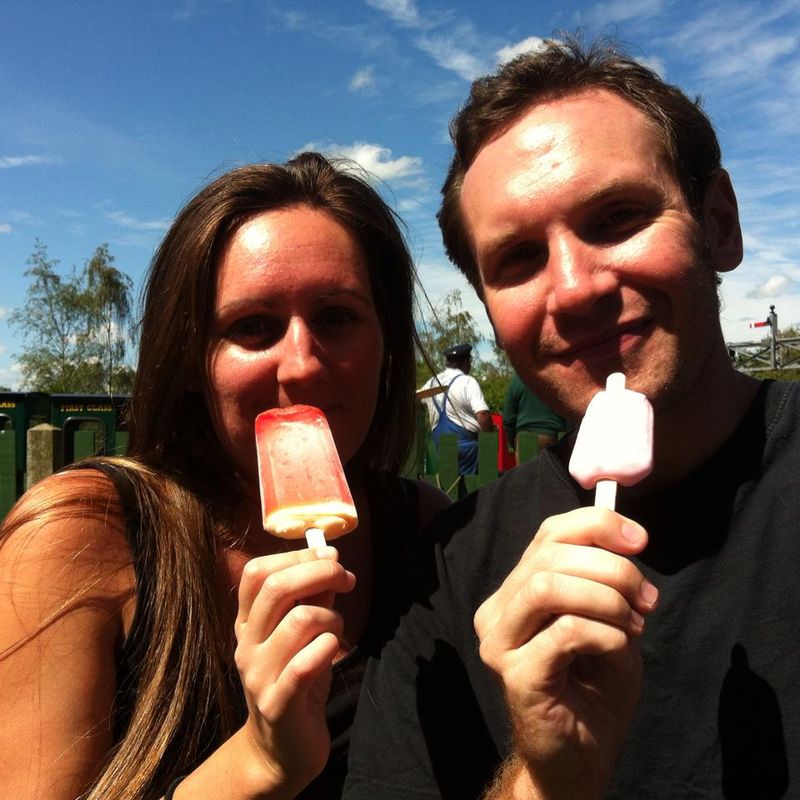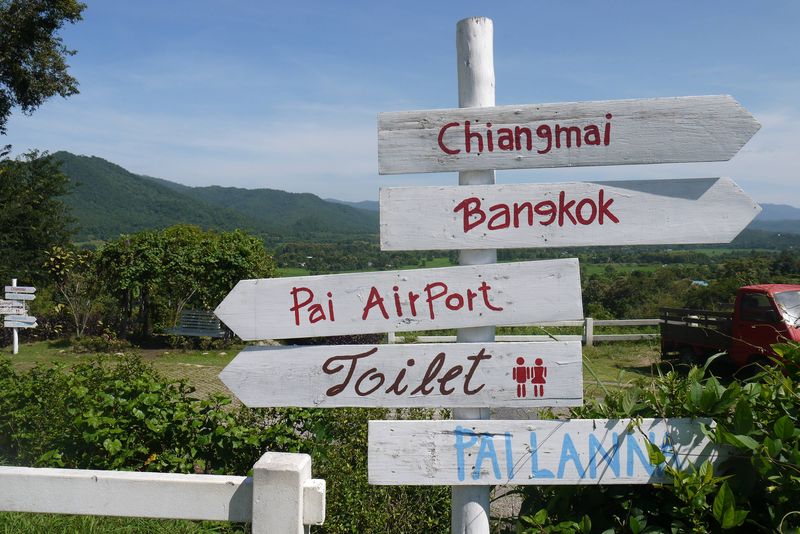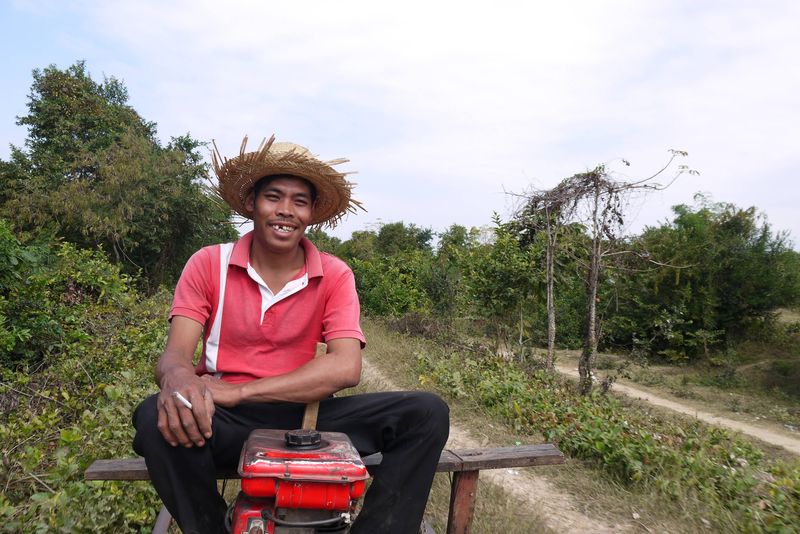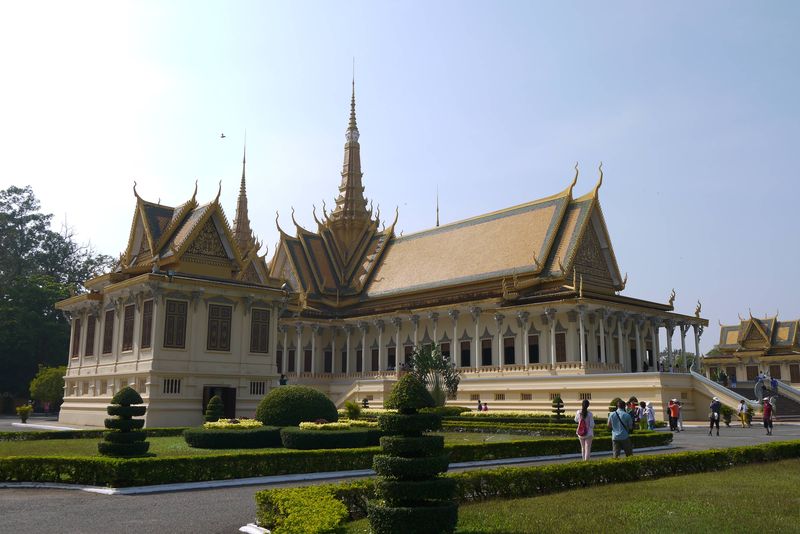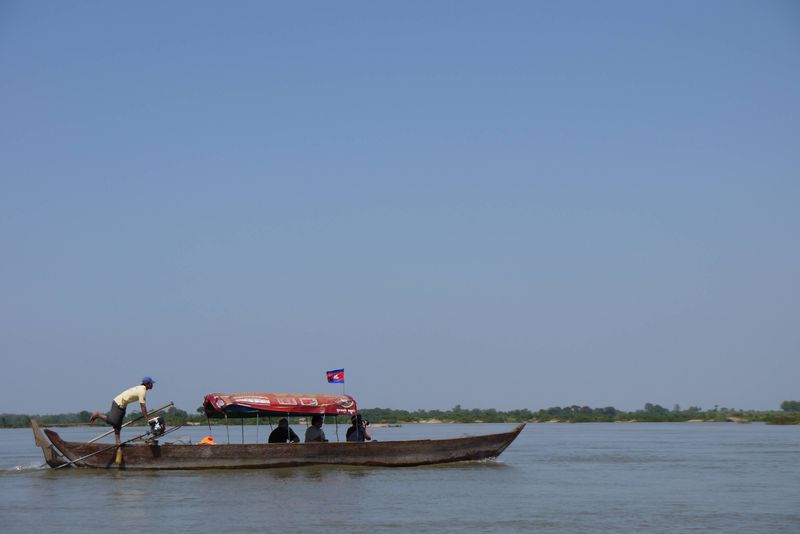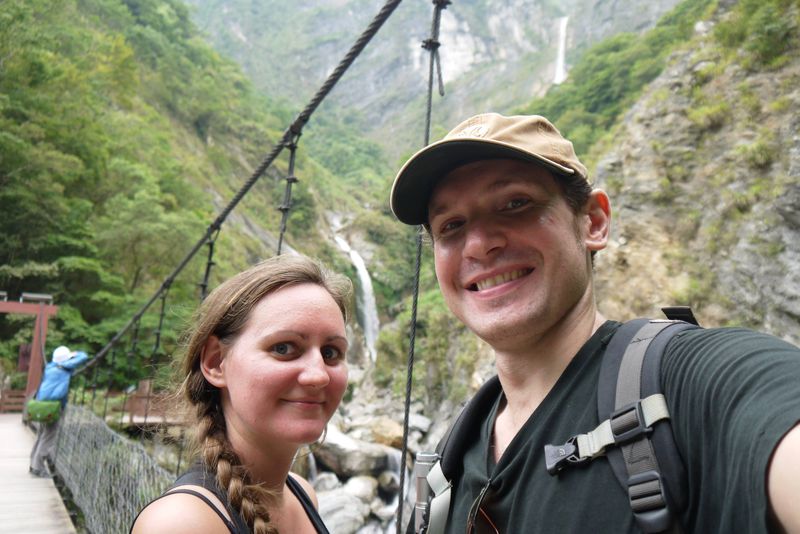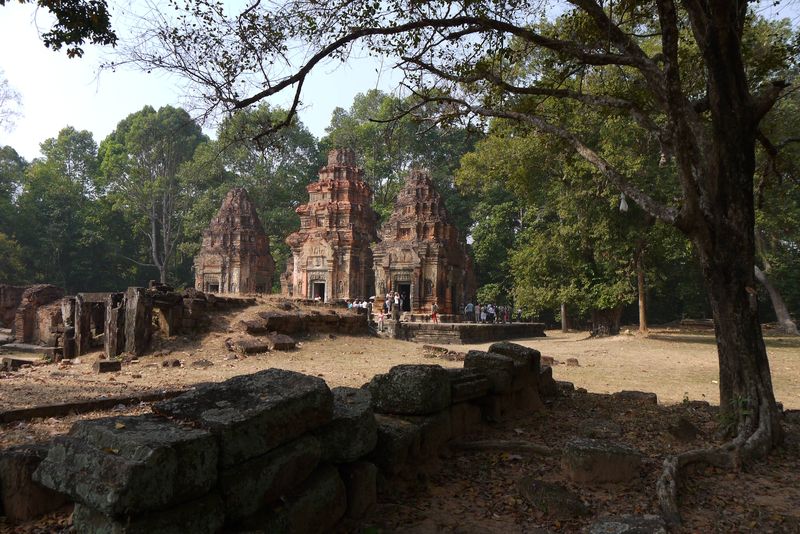After the Adventure: Returning Home from Travel
After 13 bleary hours in the air we arrived back in England on the 6th June to blue skies and sunshine, a perfect reflection of the joy we felt to be back on home turf. The weeks since then have been a blur of visits and reunions, family meals, picnics, walks and planning for the future. So, how have we adjusted to life back in the UK after the adventure of our lives? 28 June, 2014 / 42 Comments





